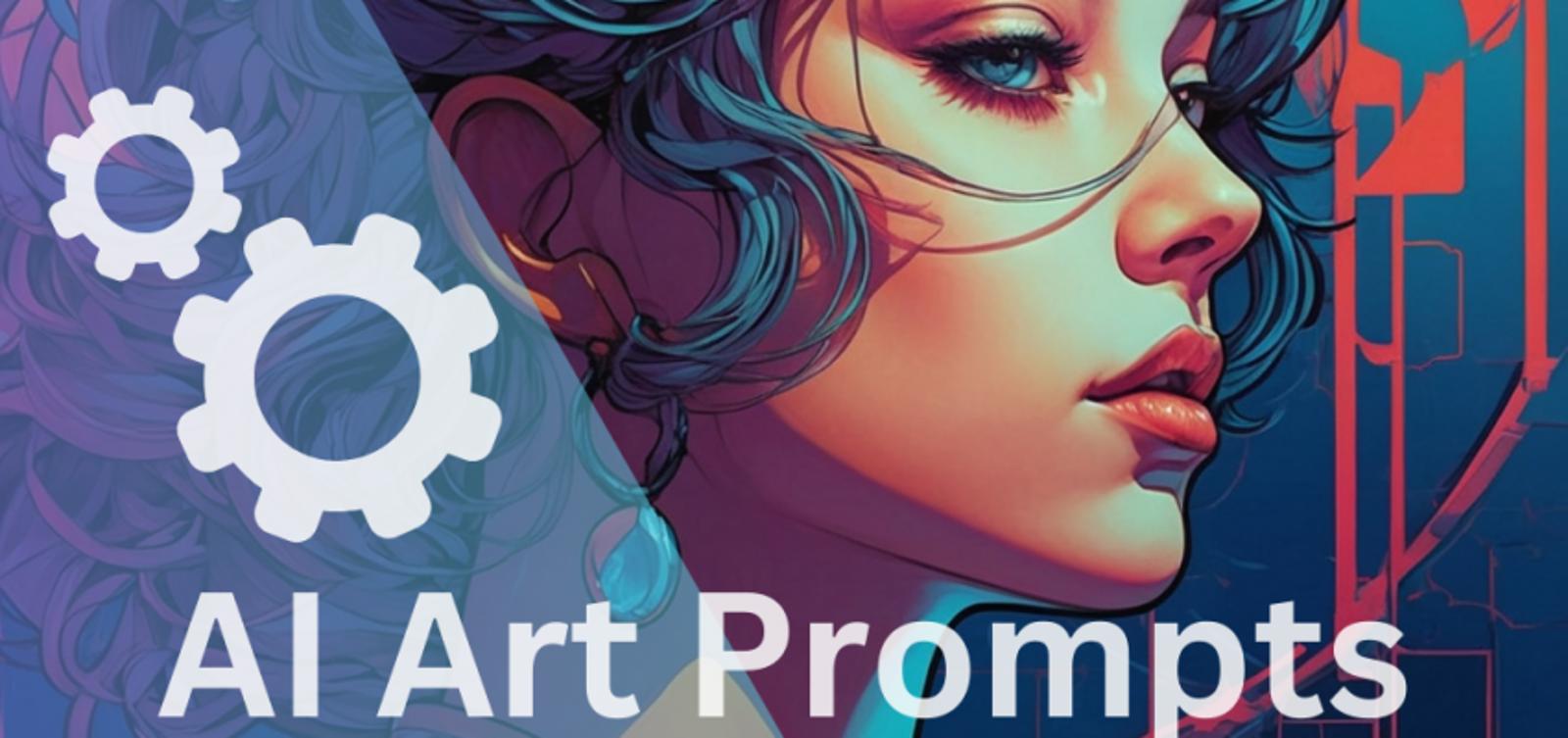Crafting Effective AI Art Prompts: A Short Guide
An AI art prompt is a concise directive given to an artificial intelligence model, serving as a blueprint for the desired artistic output. It establishes specific parameters such as style, subject, mood, and atmosphere, guiding the AI in creating visually stunning and imaginative artwork. Crafting effective AI art prompts is an art form itself, requiring a delicate balance of creative vision and technical precision. By carefully sculpting your prompts, you can better achieve your desired outcome and give the models a better chance to work as intended.
1. Define Your Subject and Theme
Start by clearly defining the central subject or figure that your artwork will revolve around. This could be an object, a person, a scene, or even an abstract concept. Alongside the subject, determine the overarching theme or message you wish to convey through your art. This theme will infuse your creation with depth and meaning, guiding the AI in generating a piece that resonates with your artistic vision.
2. Choose Your Artistic Style and Medium
Your choice of artistic style can be influenced by famous artists, personal preferences, or a desire to explore innovative mixed-media digital art. From realism and surrealism to cubism and pop art, the possibilities are endless. Additionally, consider the medium you wish to emulate, such as oil painting, watercolor, or 3D rendering, as this will greatly influence the final look and feel of your AI-generated art.
3. Set the Mood and Atmosphere
Creating a specific mood and atmosphere is crucial in guiding the AI engine toward more emotionally resonant and captivating outputs. Describe the desired mood explicitly using terms like "serene," "chaotic," "joyful," or "somber." Incorporate atmospheric components such as time of day, weather conditions, and lighting to further enhance the ambiance. Sensory details like sounds, smells, or sensations can add an extra layer of depth and immersion.
4. Incorporate Specific Details and Complexity
To achieve truly awe-inspiring results, delve into the intricate details and complexities of your subject matter. Consider the unique features, actions, techniques, and nuances that will make your artwork stand out. Descriptive specificity is key, as vivid and concrete language will lead to more predictable and refined AI art results.
5. Experiment with Variations and Styles
Embrace the boundless potential of AI art by experimenting with variations and blending different styles, themes, and concepts. Change perspectives, showcase sequences or transitions, and explore diverse color palettes. Imitate the styles of famous artists or blend traditional and digital mediums for a truly unique artistic expression.
6. Utilize Advanced Techniques and Modifiers
Perfecting AI art prompts requires a flair for utilizing advanced techniques and modifiers. Incorporate colorful descriptions, light and shadow play, and style specifications to guide the artistic direction precisely. Modifiers like "impressionistic," "cubist," or "glitch" can infuse your artwork with distinctive aesthetics.
7. Strike a Balance Between Specificity and Creativity
While being too specific can constrict the AI's creative potential, being too vague can lead to unfocused and disjointed outputs. Strive for a harmonious balance by providing precise details while leaving room for the AI to surprise you with its own unique interpretations.
8. Review and Refine Your Prompt
Once you've drafted your AI art prompt, take a step back and review it with a critical eye. Revisit any unclear instructions, excessive details, or deviations from your desired style, mood, or theme. Refine and tweak your prompt until it aligns perfectly with your artistic vision.

Prompt:
"masterpiece, best quality, (((female adventurer))) interacting with uncharted dungeon environment, conveying toxic danger, impacting landscape, dynamic engagement, rich textures, fusion of modern-classical styles, varied materials, pronounced perspectives, high contrast, vivid colors transitioning to greyish purples, darker atmosphere, Leyendecker elegance, Jackson Pollock splatter dynamics, Gustav Klimt gold leaf, chiaroscuro for depth, kaleidoscopic visuals, multidimensional, ethereal glow, captivating with surreal juxtapositions, visual symphony, narrative depth, expressive faces (wide-eyed wonder, parted lips)"
Drawing Inspiration from Community Examples
As you embark on your AI art journey, the collective wisdom of experienced artists can serve as an invaluable source of inspiration. By observing and learning from community examples, you can sharpen your prompt creation skills and foster innovation in your own artistic endeavors. Pay attention to how others balance specificity and ambiguity, incorporate vivid imagery, and seamlessly blend diverse themes, styles, and genres.
Remember, in the realm of AI art, the power to shape awe-inspiring digital masterpieces lies within the artistry of crafting effective AI art prompts.
